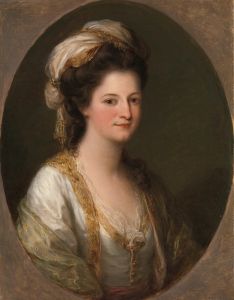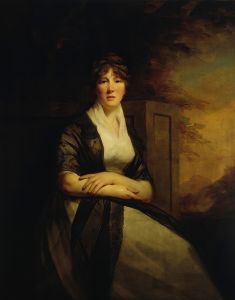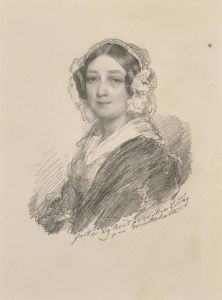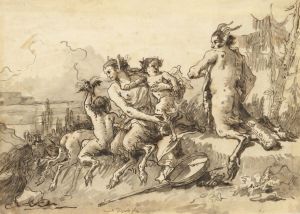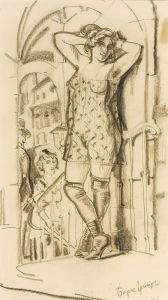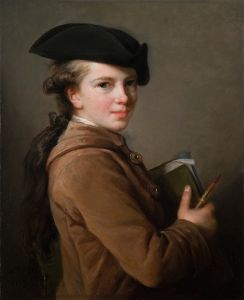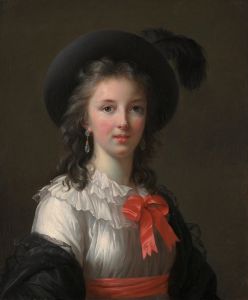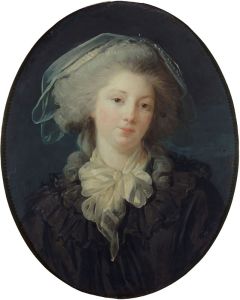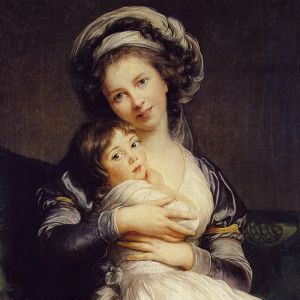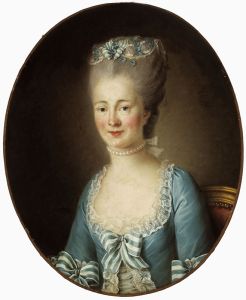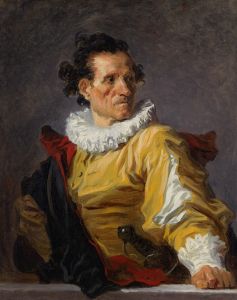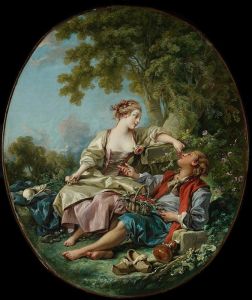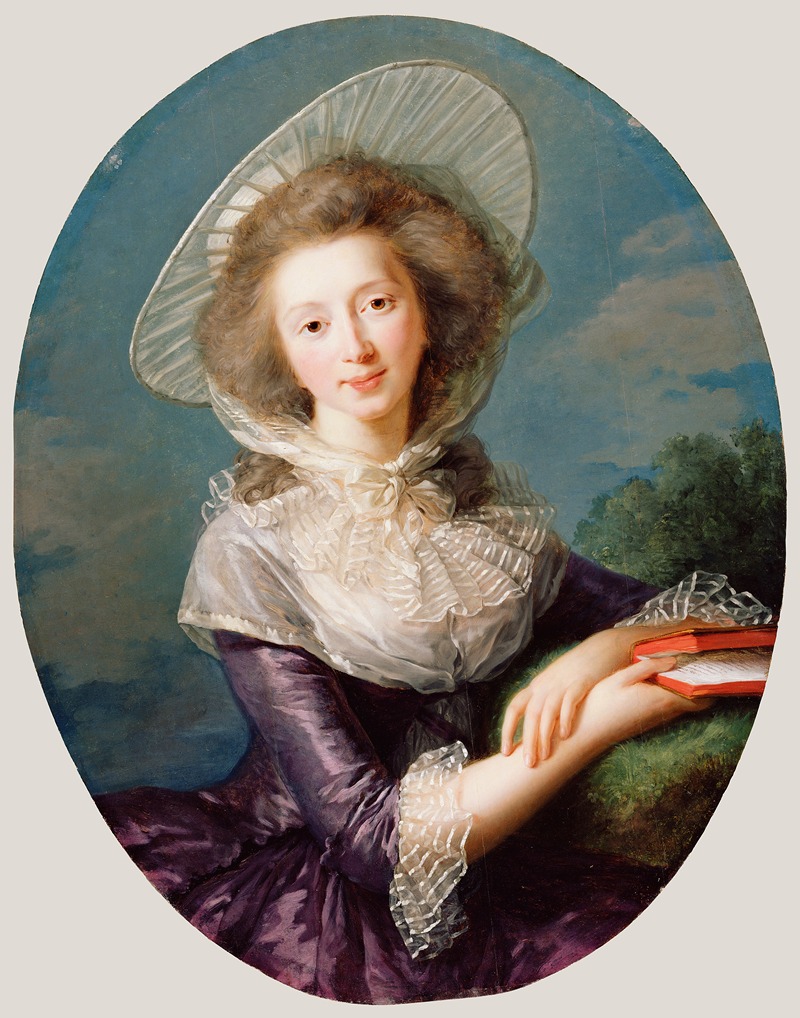
The Vicomtesse de Vaudreuil
A hand-painted replica of Elisabeth Louise Vigée Le Brun’s masterpiece The Vicomtesse de Vaudreuil, meticulously crafted by professional artists to capture the true essence of the original. Each piece is created with museum-quality canvas and rare mineral pigments, carefully painted by experienced artists with delicate brushstrokes and rich, layered colors to perfectly recreate the texture of the original artwork. Unlike machine-printed reproductions, this hand-painted version brings the painting to life, infused with the artist’s emotions and skill in every stroke. Whether for personal collection or home decoration, it instantly elevates the artistic atmosphere of any space.
"The Vicomtesse de Vaudreuil" is a portrait painting by the renowned French artist Elisabeth Louise Vigée Le Brun. Completed in 1784, this work exemplifies Vigée Le Brun's exceptional skill in portraiture and her ability to capture the elegance and grace of her subjects. The painting depicts the Vicomtesse de Vaudreuil, a member of the French aristocracy, during a period when portraiture was a significant means of documenting and celebrating the social status and personal attributes of the elite.
Elisabeth Louise Vigée Le Brun was one of the most prominent female painters of the 18th century, known for her association with the French court and her role as the official portraitist of Queen Marie Antoinette. Born in Paris in 1755, Vigée Le Brun demonstrated artistic talent from a young age and received training from her father, Louis Vigée, and other established artists. Her career flourished despite the challenges faced by women in the male-dominated art world of her time.
The subject of the painting, the Vicomtesse de Vaudreuil, was part of the French nobility, though specific details about her life and background are limited. The portrait captures her in a refined and poised manner, characteristic of Vigée Le Brun's style, which often emphasized the beauty and sophistication of her sitters. The Vicomtesse is depicted wearing an elegant dress, with delicate lace and intricate details that highlight her status and wealth. Her expression is serene and composed, reflecting the ideals of femininity and grace that were highly valued in aristocratic society.
Vigée Le Brun's technique in this portrait, as in many of her works, showcases her mastery of color, light, and texture. She skillfully uses soft, luminous tones to create a lifelike representation of the Vicomtesse's complexion and the luxurious fabrics of her attire. The background of the painting is kept relatively simple, ensuring that the viewer's focus remains on the subject.
"The Vicomtesse de Vaudreuil" is a testament to Vigée Le Brun's ability to convey the personality and status of her subjects through her art. Her portraits were highly sought after by the nobility and the upper echelons of society, and she enjoyed considerable success and recognition during her career. However, the French Revolution in 1789 forced Vigée Le Brun to flee France due to her close connections with the royal family and the aristocracy. She continued to work and achieve acclaim in various European cities, including Rome, Vienna, and St. Petersburg, before eventually returning to France.
Today, "The Vicomtesse de Vaudreuil" is appreciated not only for its artistic merit but also as a historical document that offers insight into the fashion, culture, and social dynamics of pre-revolutionary France. The painting is part of the collection at the National Gallery of Art in Washington, D.C., where it continues to be admired by visitors and art historians alike.
Elisabeth Louise Vigée Le Brun's legacy as a pioneering female artist endures, and her portraits remain celebrated for their elegance, technical proficiency, and ability to capture the essence of her subjects. "The Vicomtesse de Vaudreuil" stands as a notable example of her work and her contribution to the art of portraiture.





